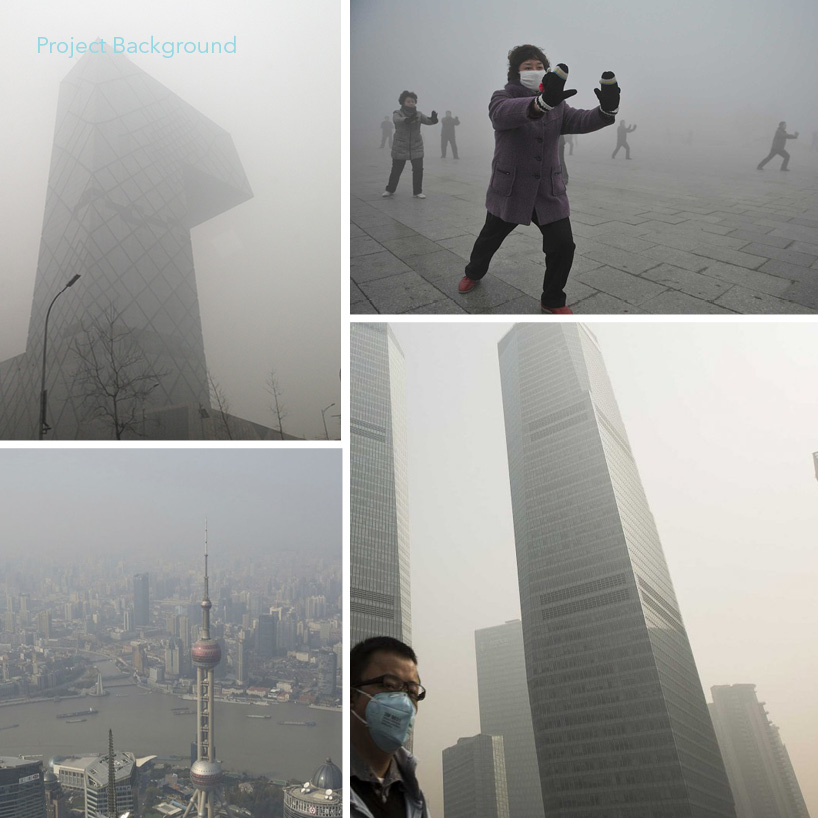
PM2.5 Air pollution protection on the go by Bingjie Qiu from usa
designer's own words:
The “PM2.5 on the go” mask, is designed to protect from particulate matter (PM2.5) in the air. The protective mask is portable, fashionable, sustainable, personalized and easy to use, for young people who may be temporarily exposed to PM 2.5 conditions. The mask is designed to me more as a must-have accessory. This is a mask without strings, and when not in use it can be folded to serve as a pocket square for men’s suits, stylish brooch for a variety of clothing, or simply placed in the pocket.
PM2.5 is one of the biggest issues in China right now. The serious “fog” smog phenomenon caused a lot of panic among residents. However there are only a few preventive measures people can take to safeguard themselves from the smog: stay at home, reduce outdoor activities, and wear ugly masks. Unlike N95 particulate respirators and others in the market that can only be used once, this product can be reused multiple times for a longer product life. This product is lined with a N95 filter that is easily replaced cutting down on the overall wastage, making it more sustainable than the other available products.
I realized from the very beginning of the concept phase that I need to be open about the idea of protection. Protection could be about meeting basic needs like safe-guarding an individual’s physically healthy, but for this project is was as important to consider protecting the individual’s emotional needs. This shifted design development to be more focused on user rather than product itself.
My process started with the problem - how to encourage more number of people to use appropriate protection from the dangers of PM 2.5, while they are on commute? Researching this question meant answering other questions, for example, what is PM2.5, what causes it, what are the existing PM2.5 safety products, how well do these products serve the goal of safety, and duration of usage of these products. While researching products, I learnt about N95 and what it means. The most important question along the way was what are people’s needs – what do they really want? By answering these questions my research lead me to a deeper understanding of this problem in order to come out with solutions.
By analyzing data I collected from my research I started to see the difference among products, both advantages and disadvantages. This helped me develop a 2x2 positioning map and determine the placement of my product.
Moving into the ideation phase, instead of sketching out the idea, I started with quick prototyping. If I was aiming to create a new product, I needed hands-on development to comprehend the possibilities. I conducted user testing along the way, collecting feedback to keep improving my design. The next phases involved finding the suitable material and creating the 3D CAD pattern.
Background of the Project 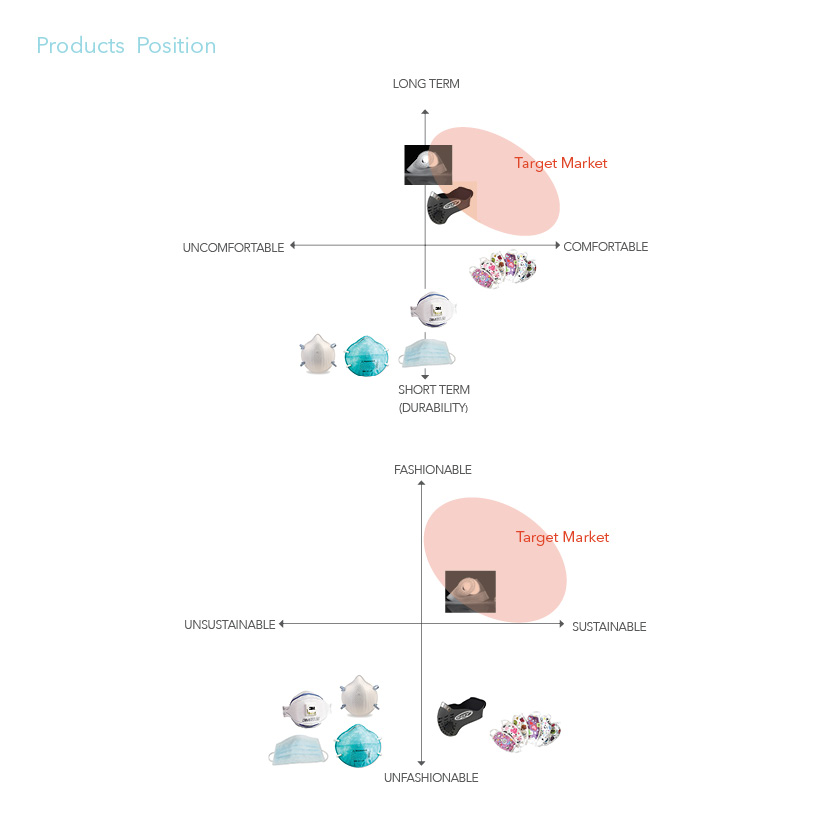
Product Position
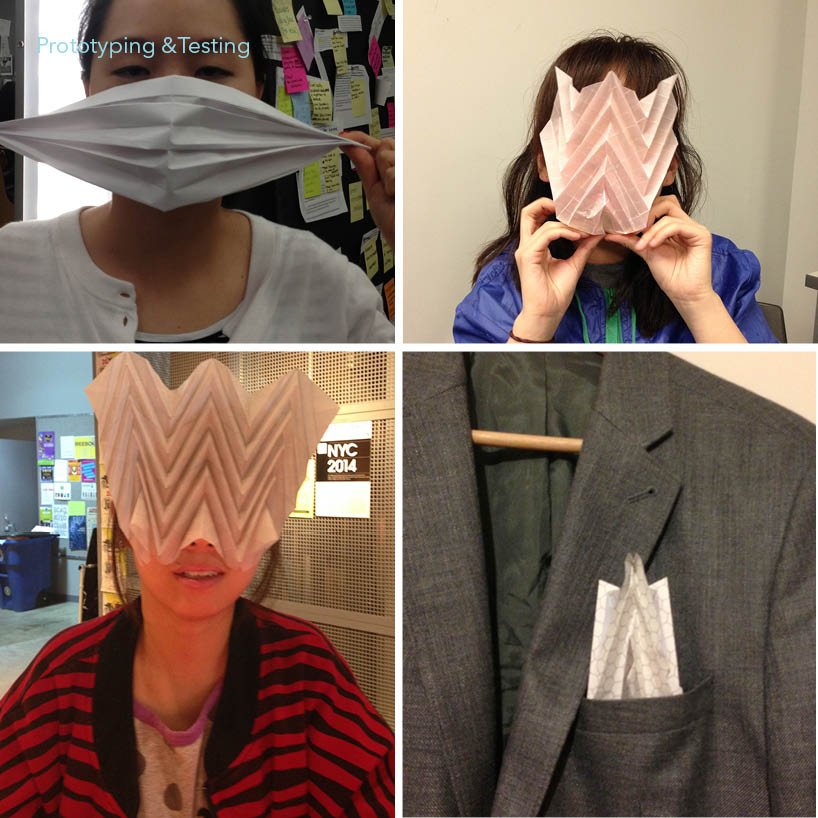
Quick Prototype
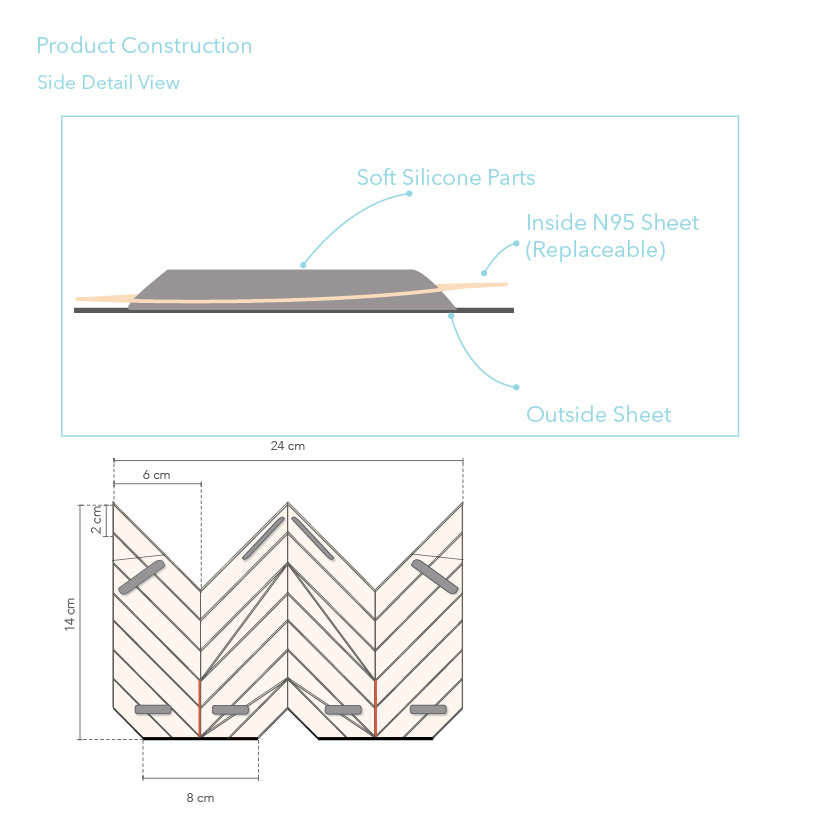
Product Construction
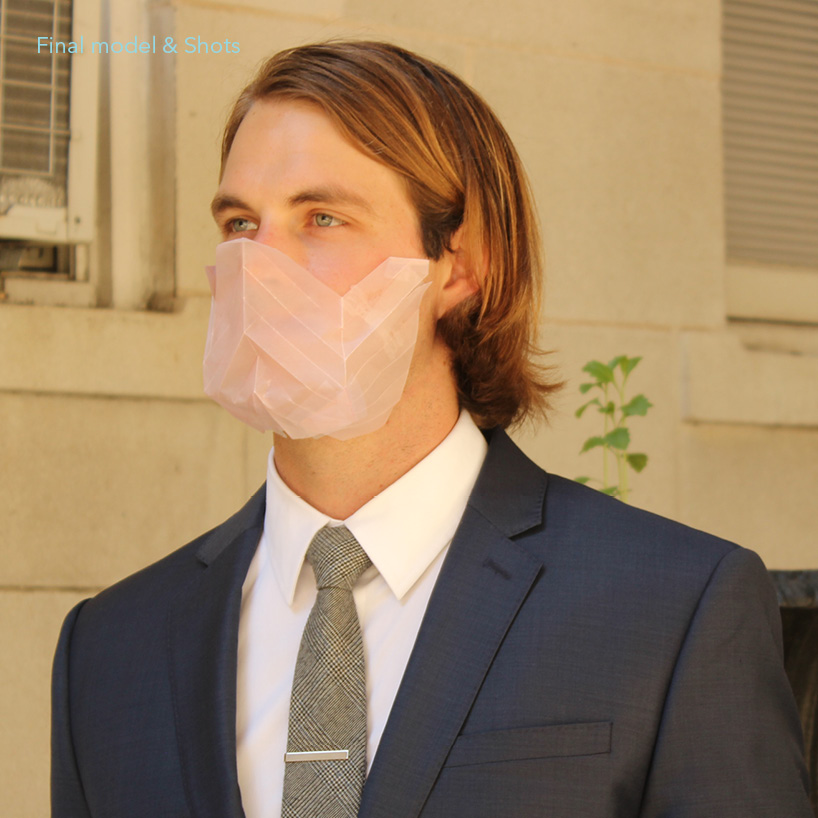
Final Look
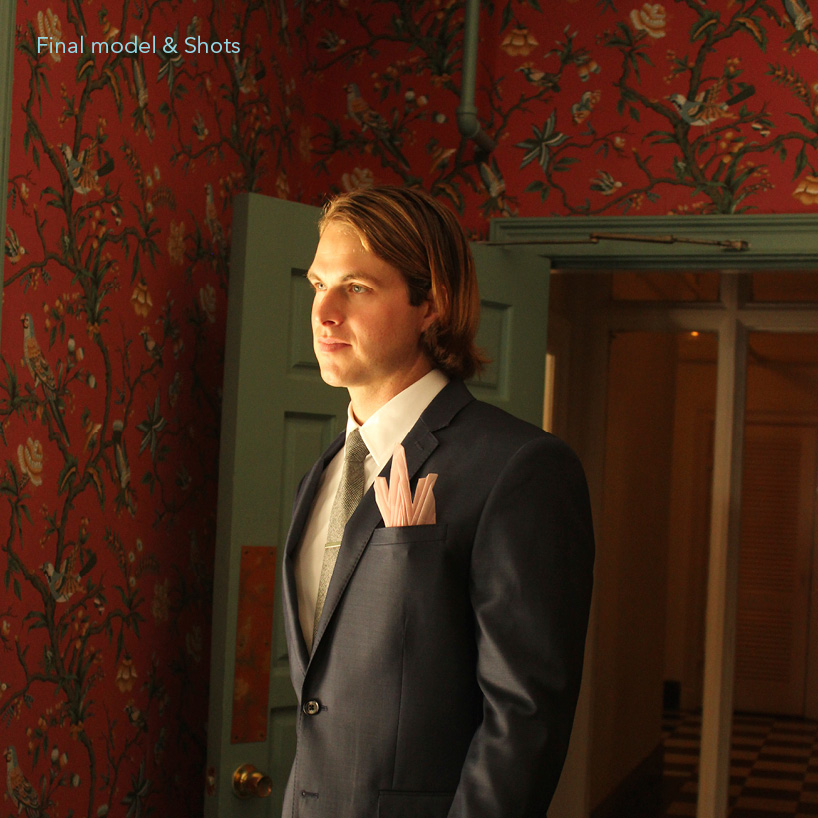
Final Look